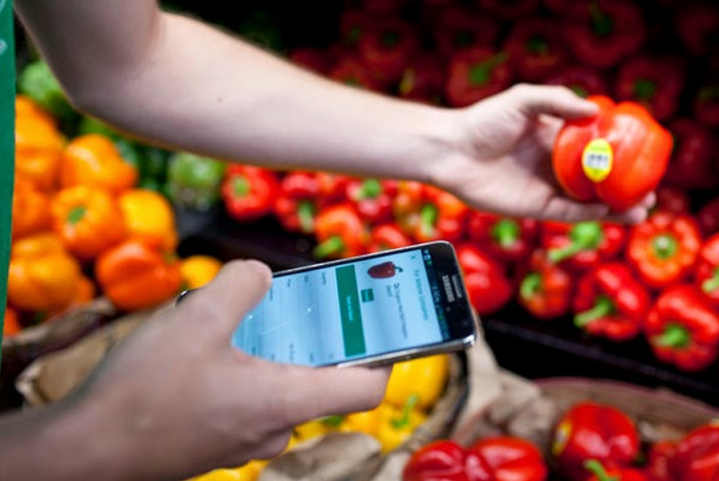
This new infusion of cash should help Instacart continue the pace and expand its grocery delivery business to even more cities across the U.S. The startup currently delivers to Atlanta, Austin, Boston, Boulder, Chicago, Denver, Houston, Los Angeles, New York City, Philadelphia, Portland, the San Francisco Bay Area, San Jose, Seattle, and Washington D.C. — and it expects to be nationwide by the end of 2015
If you’re unfamiliar, Instacart works pretty much exactly how you’d expect a card-carrying grocery delivery startup to work. You start by simply visiting the Instacart site from a computer or mobile device and then add items to your cart just like you would on any other ecommerce site. After you’ve selected all the stuff you want, you then choose a delivery time, specify the location at which the groceries should be delivered, and check out with a credit card. After you’ve placed an order, Instacart instantly beams that information to the smartphone of one of its personal shoppers, who then goes to a local store, buys the groceries, and delivers the order at the arranged time.
Services like this definitely aren’t new, but with this recent $2B valuation, it’s obvious that Instacart is growing much faster than its competitors. Over the past year, the company’s revenue has grown more than 10 times over. Much of that growth comes as a direct result of the company’s agile, crowdsourced marketplace model, which has ultimately allowed it to expand operations quickly and cheaply — unlike other companies that have to set up distribution centers in every new location.
But other grocery delivery startups aren’t Instacart’s only competition. Recipe kit delivery services like Blue Apron and HelloFresh have also experienced massive growth in 2014 and offer a completely different, much more laid-back solution to the same problem. It’s hard to say which model will prevail in 2015, but regardless of wether there’s a clear-cut winner or loser, this mounting grocery delivery arms race is definitely a win for consumers.



